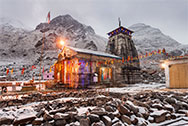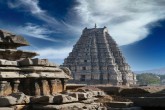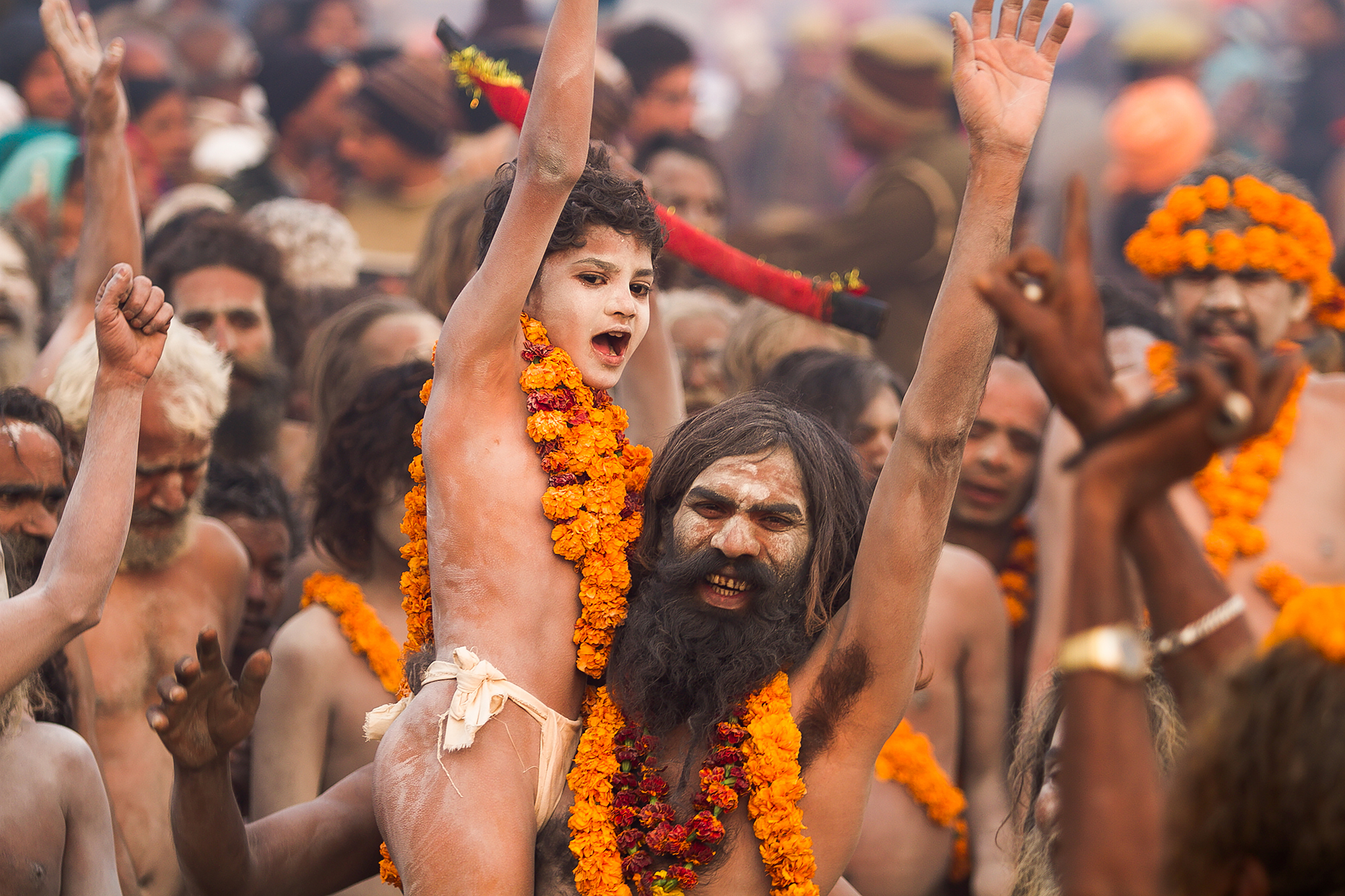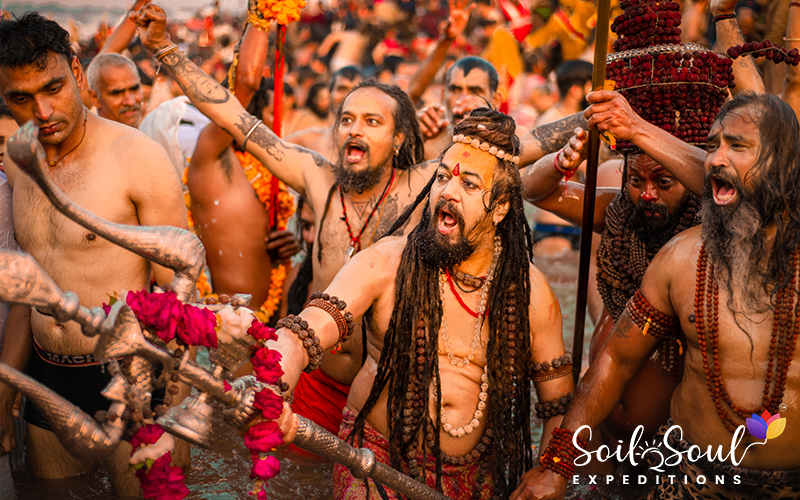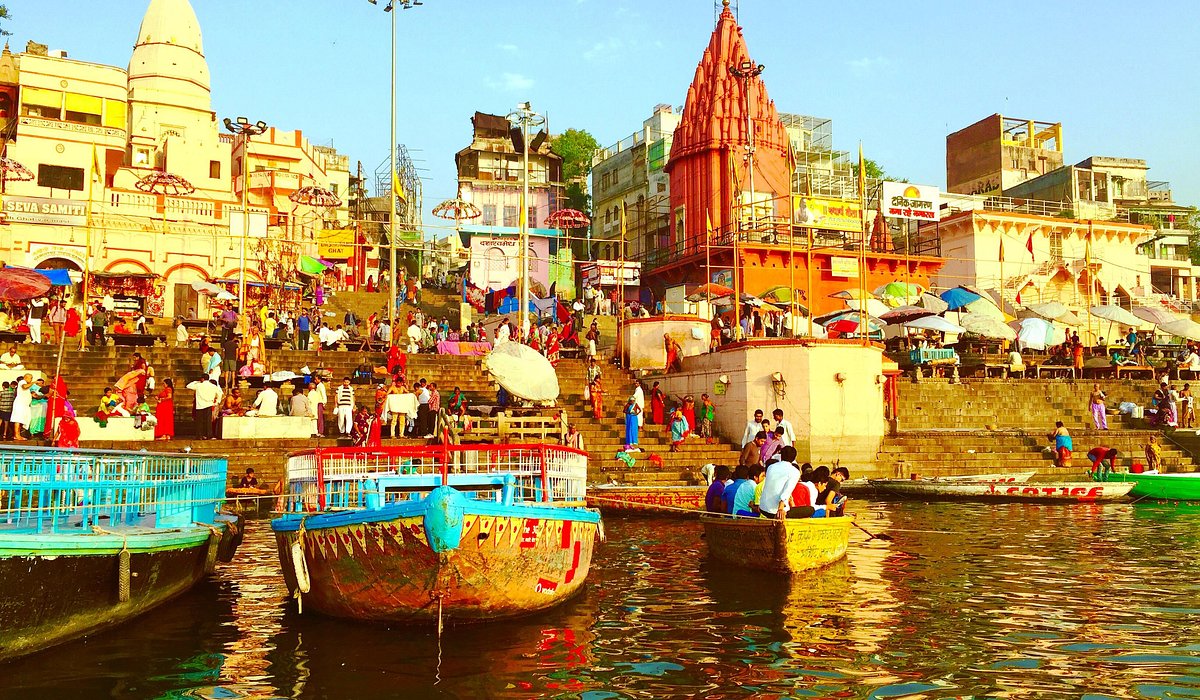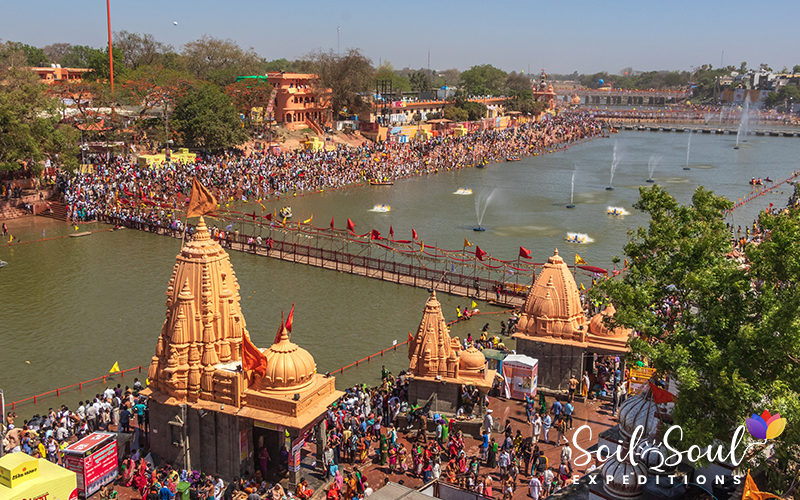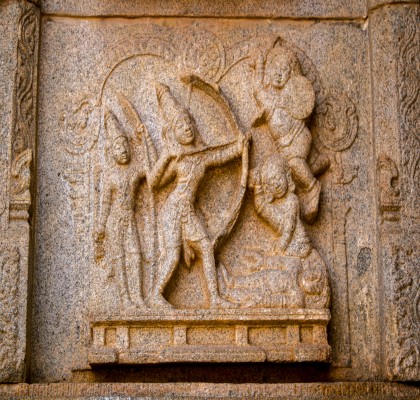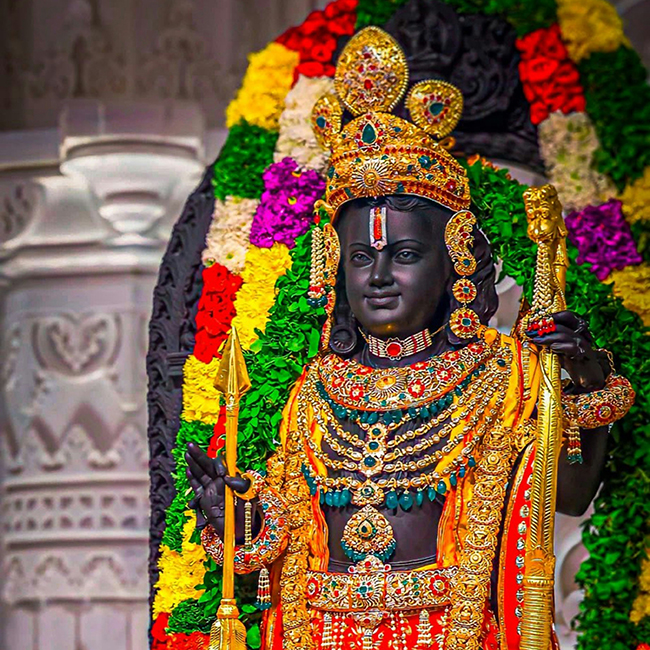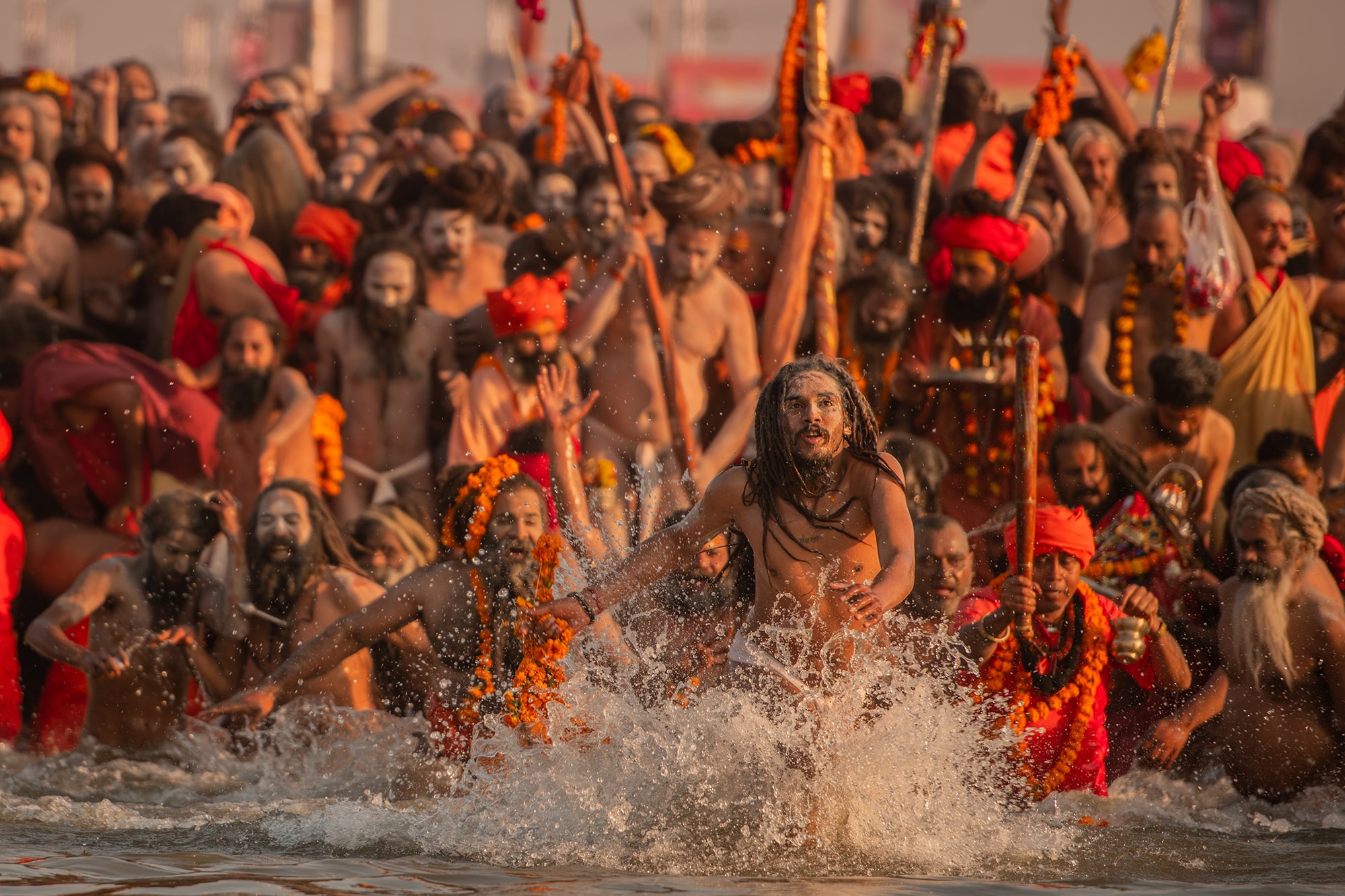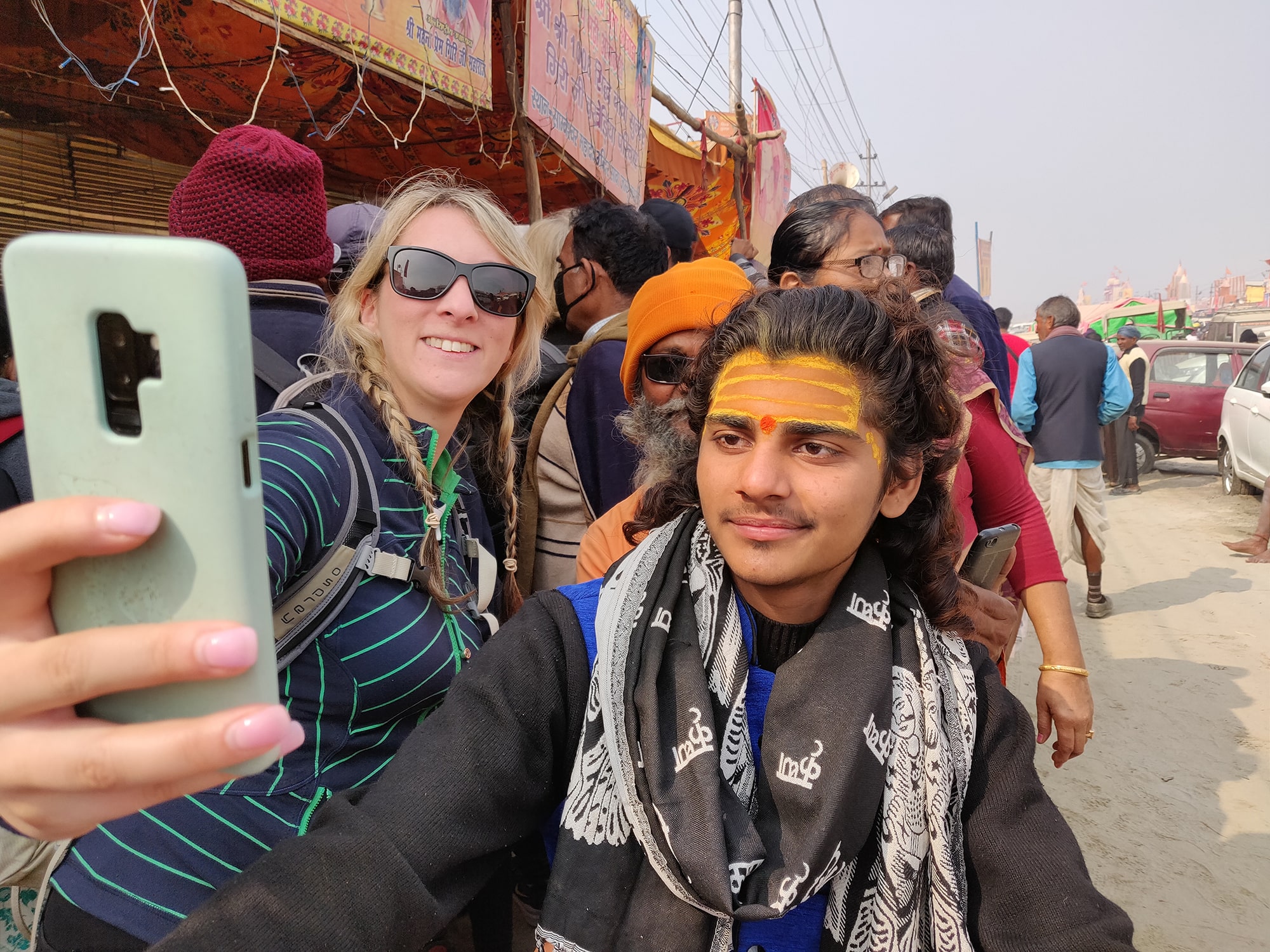

UNESCO World Heritage sites in India
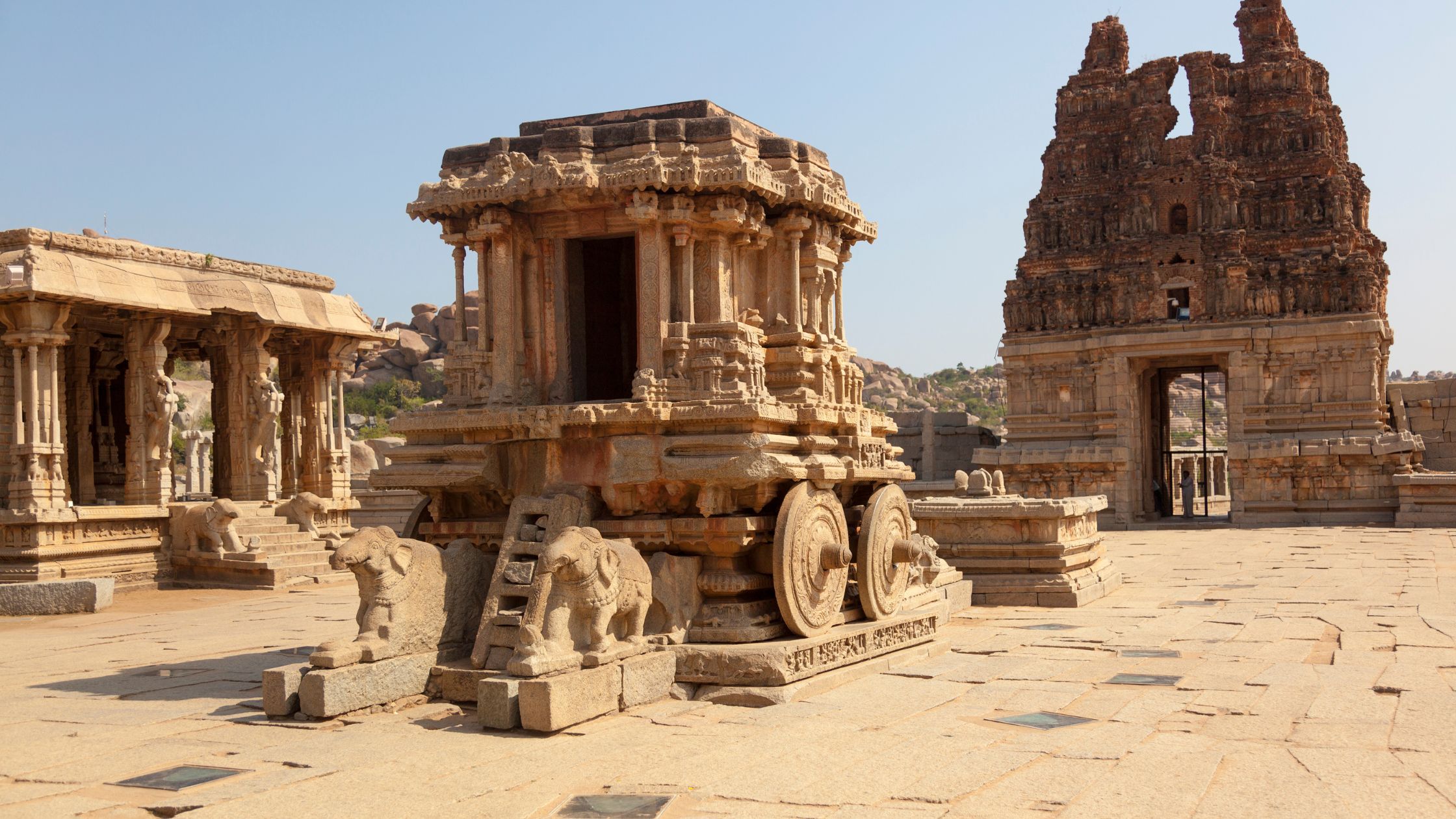

01 Oct 2024
India's UNESCO World Heritage Sites
India is filled with beautiful and picturesque places to visit. And UNESCO too has recognized multiple of spots to be World Heritage Sites! Here are a few you can add to your itinerary while on your visit here:
Sun Temple, Konark
The Konark Sun Temple in Odisha, India, is a stunning monument dedicated to the Sun God Surya. Built in the 13th century, it’s famous for its intricate carvings and 24 wheels, symbolizing the sun’s journey. The temple is led by six horses and is one of India’s most revered Brahman sanctuaries. Its name “Konark” means “Sun of the Corner,” which reflects its north-eastern location. Steeped in legend, Konark is also known as Padma Khetra, marking Lord Vishnu’s victory over a demon. This architectural marvel is a must-visit tourist attraction and a proud symbol of India’s heritage. You definitely have to visit here for the immense amount of positivity it brings to you.
Kakatiya Rudreshwara (Ramappa) Temple, Telangana
The Ramappa Temple, also known as the Rudreshwara, is a stunning Shiva temple situated in Telangana, India. It was built in the 13th century during the Kakatiyan period. The temple features intricate carvings, decorated beams, and pillars made of granite and dolerite. The temple’s pyramidal tower is constructed with lightweight “floating bricks” that reduce the roof’s weight. The sculptures showcase regional dance customs and Kakatiyan culture. Nestled at the foothills of a forest, amidst fields and near an ancient water reservoir, the temple’s setting reflects the traditional ideology of blending architecture with nature. A marvellous combination of engineering and artistry.
Sanchi
Sanchi, a historic site in Madhya Pradesh, India, is home to a well-preserved group of Buddhist monuments, designated a UNESCO World Heritage site in 1989. The Great Stupa, the most notable structure, stands on a sandstone hill and is one of India's oldest Buddhist monuments. Built by Emperor Ashoka in the 3rd century BCE, it's believed to house the Buddha's ashes. Tons of people come to visit this monument here, every single year!! The stupa was damaged and repaired several times, reaching its final form in the 1st century BCE. It measures 120 feet wide and is 54 feet high, making it an impressive and a significant architectural wonder.
Hampi
The Group of Monuments at Hampi is a UNESCO World Heritage site. It was the capital of the Vijayanagara Empire, the last great Hindu kingdom. The site features over 1,600 remains, including temples, palaces, and fortifications, showcasing Dravidian architecture. The Vitthala temple complex is another major highlight, with its ornate design and massive dimensions. Hampi’s architecture blends Hindu and Islamic styles, reflecting a multi-religious and multi-ethnic society. The site was destroyed in 1565, but its remains demonstrate the empire’s economic prosperity and political status, immortalized by foreign travelers as one of India’s most beautiful cities. Truly a sight to see!
Mahabodhi Temple at Bodh gaya
The Mahabodhi Temple Complex in Bodh Gaya, India, is one of the four holy sites related to the life of Lord Buddha and his attainment of Enlightenment. Built by Emperor Ashoka in the 3rd century B.C. and rebuilt in the 5th-6th centuries, it’s one of the earliest brick-built Buddhist temples still standing in India. The immense construction includes the 50m-high temple, the sacred Bodhi Tree, and six other sacred sites. It’s a unique property of archaeological significance, documenting the evolving worship and architecture since the 3rd century. The temple showcases classical Indian architecture and is surrounded by ancient votive stupas.
Leave a Reply
Explore by Categories
Most Viewed Blogs
Tags
State





